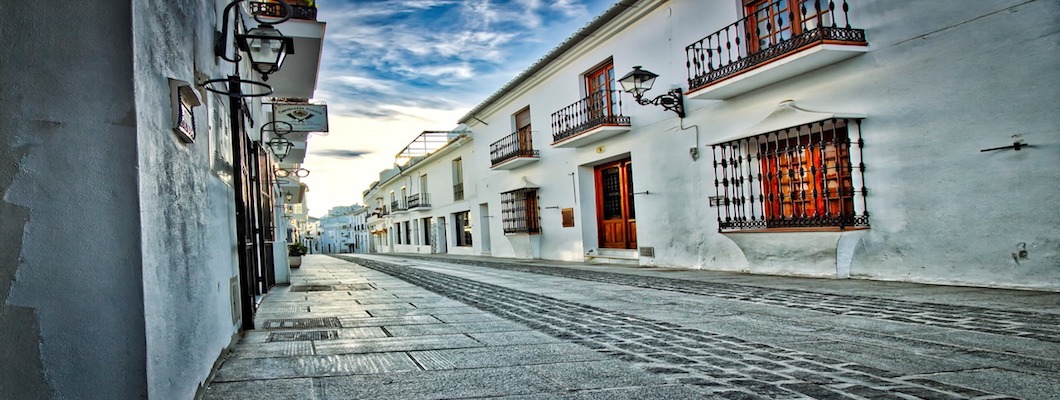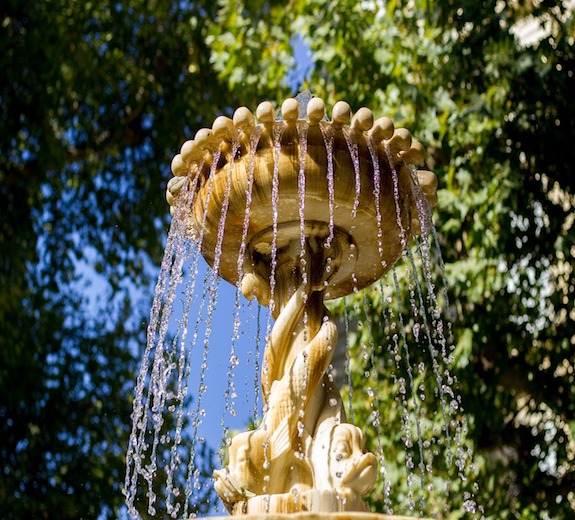Mijas
 The municipal town Mijas is situated in the Málaga province in the autonomous community of Andalusia in southern Spain. This is located at an altitude of 450 M from the sea level and is in the center of the ‘Sun Coast’ region. This is a white washed village that is typical of Andalusia. The population in this town is about 71,000.
The municipal town Mijas is situated in the Málaga province in the autonomous community of Andalusia in southern Spain. This is located at an altitude of 450 M from the sea level and is in the center of the ‘Sun Coast’ region. This is a white washed village that is typical of Andalusia. The population in this town is about 71,000.
This municipality consists of the following:
- Mijas Pueblo – is the village on the side of a hill
- Mijas Costa – is the residential and commercial area that is near the town Fuengirola
- Cove of Mijas – is a separate village having a small resort at the west of the sea
- Las Lagunas – is mainly commercial located in the north of Fuengirola
History
This town was initially known as ‘Tamisa’; this was changed to ‘Mixa’; later on this was changed again to ‘Mijas’ which is still prevalent.
The village ‘Tamisa’ was founded by Tartessians in the year 600 AD and they became crucial trading partners with Phoenicians who were in Iberia from 800 BC.
Since this town is located near the sea, its average temperature during summer is only 18 ºC. The rainfall normally occurs in November to January and does not exceed 600 ML in a year. As you go up the mountain, the temperature reduces to 10 ºC.
The village, Mijas Pueblo is an old fashioned mountain village; its streets are narrow and cobbled whereas the buildings are white washed. Many foreign tourists are attracted to this village because of its old Spanish environment.
A number of history museums and souvenir shops exist in this town.
Golf is the popular spot in this town and this is considered as a Golfer’s paradise. It has a number of golf courses – seven plus – and the resort La Cala has the largest golf course in Spain. Since the weather throughout the year is excellent, many golfers recommend this town for golfing. The golf courses are located in such a way that it takes very little time to reach them irrespective of the place where you stay in Mijas.
There is a 100 year old bullring in this town and many tourists go for watching the bullfight.
Shopping
There are a number of craft shops wherein you can purchase beautiful hand made pottery, reasonably priced paintings as well as prints of the works of popular local artists – Michele Lehmann and Don Clarke.
Business
In ancient times the economy of this village was dependent on fisheries and agriculture. However, at present tourism as well as construction sector are the main sectors that drive the economy.
Photo Credit: Pixabay
